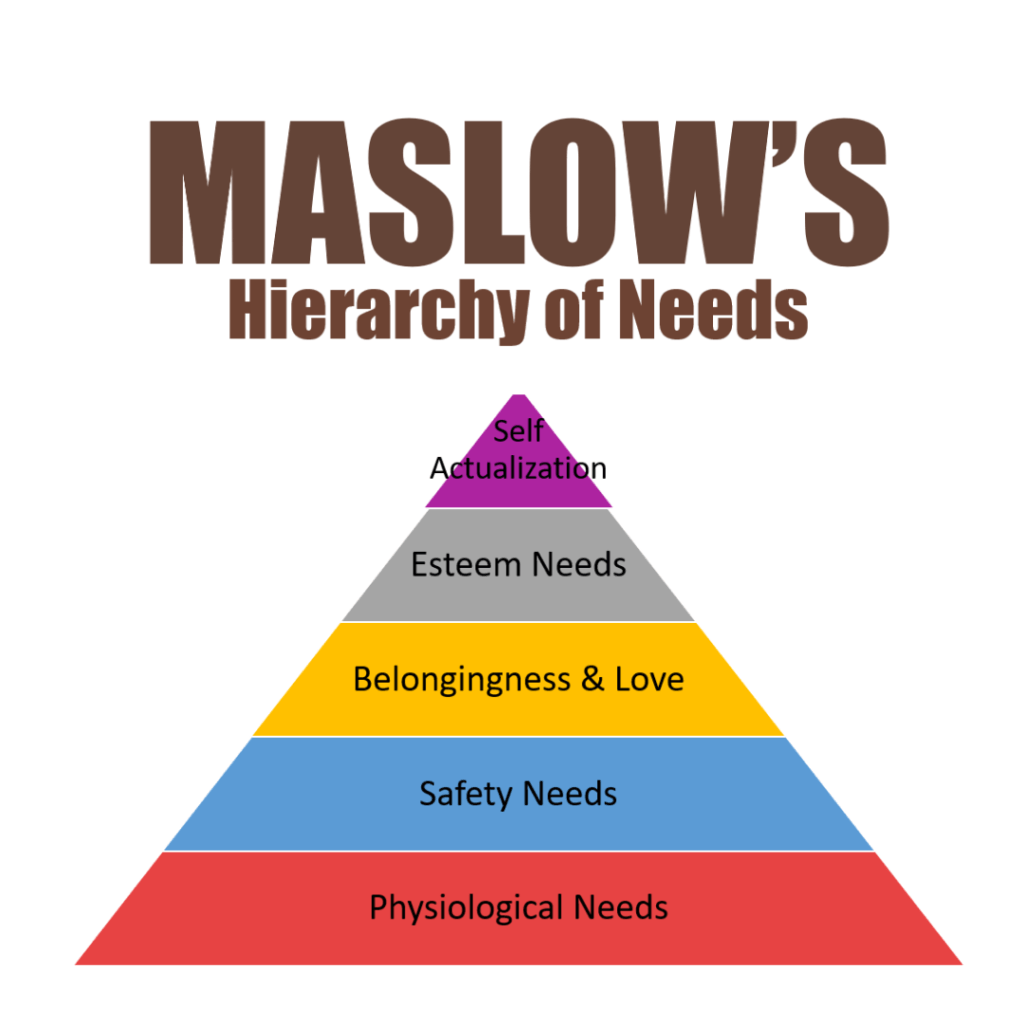
Maslow’s Hierarchy of Needs was introduced back in 1943 where his theory presented that people were motivated to fulfill basic needs before fulfilling other more advanced needs. Maslow believed that people have an inborn desire to be all they can be (self-actualization). However, before one can achieve this, one’s basic needs must be met namely, physiological, safety, love / belonging and esteem.
We will look into the safety needs in Maslow’s Hierarchy of Needs. It is a natural instinct for human to seek safety and comfort. Our physiological change when we face danger. We will either fight, flight or freeze in preparing us to face, escape or hide from danger. Thus, when our children in in an unsafe environment they would choose to respond through behavior (fight, flight or freeze) unless, we teach them to respond appropriately.

Safety
We feel safe when we are in control. We like our daily routine. Though we may like surprises but we like the good surprises and not the bad surprises. When bad surprises happened, it throws us off our regular routine and expectations. The bad surprises bring distraction to what we have planned. Flat tire or car battery died. Flight delayed or accidents. These are some circumstances that disrupts our plan.
For our children, what may seem trivial to us (adults), may be challenging for them. Toilet flush not working. Battery in toy car died. Light bulb blew. Lift under going maintenance thus unusable. These may trigger our children into “panic” mode due to things does not work according to their expectation. These responses are often translated into behavior of non-compliance.
Environment – Physical
When we refer to physical safety, we look at if there are any potential physical environment that could result in our children getting into accidents. Every day, we would possibly be encountering boiling kettle, corners of tables or power plug points without paying much attention to it. However, for our children, these could be potential for them to get into harm’s way. Thus, parents would take extra precaution to ensure their children are away from these danger by teaching them not touch boiling kettle, put on safety corners or plugs.
Environment – People / Emotional
We teach our children not to talk to strangers. However, from safety’s perspective, it is also about how comfortable are we with people whom we know. Do we feel safe with the person or if we are comfortable speaking to the person? Can I express my feelings or thoughts? Is this someone I can share my ideas with? How does this person respond to my requests? For children, same logic applies. The adults can be their immediate family. However, if they do not feel safe with the person, they would respond with behaviors or non-compliance.
Predictability and Control
Some parents feedback that their children seemed better behave at schools than at home. Or their child responds to teachers better than at parents. It could largely due to the structure and environment in school or classroom that provides predictability and control for children. In schools, the hours are split into various lessons. In classrooms, there are class rules to follow. These created an environment where children are able to predict and expect what to happen. What happens when the school bell rings or what do I do when I want to make a request? With greater predictability, children feel much in control and would be able to perform better.
What can parents do?
For physical safety, child proof your home and ensure sharp items or medicine are out of reach of children. Drill cabinets and cupboards to the wall. If your child loves to climb and jump, bring them to an environment where they are free to climb and jump – such as playground or indoor play gym.
For personal safety, pay attention to people whom your child is refusing to meet or not comfortable being with. Never force your child to hug or be hug by another person they are not feeling safe with. If you are the parent whom your child is not comfortable being with, you may want to reflect on your actions or words used that may cause your child to be uncomfortable.

We would highly recommend having a routine at home for your child. It creates predictability for your child on what to expect during his / her time at home. In addition, it is a great opportunity to teach responsibility and self-help skills such as getting dressed, doing chores or keeping their toys. For children who may struggle when dealing with changes, introduce the change intentionally. For example, if your child prefers one type of food (e.g. nuggets), introduce a “Change Day”. Choose a specific day of the week where each family member can take turns to request for a different type of food on the day. Start by introducing the “unexpected” intentionally to build up resilience in your child in adapting to changes.
Providing a safe environment for your child goes beyond physical safety. Being with people who makes them feel safe as well as be in control of what they can do and when they can do it allows your child to feel safe, too.
Read more on Maslow’s Hierarchy of Needs from parenting children with special needs or Having a routine at home to raise an independent child.
Or if you want to learn more about Maslow’s Hierarchy of Needs from Simply Psychology.